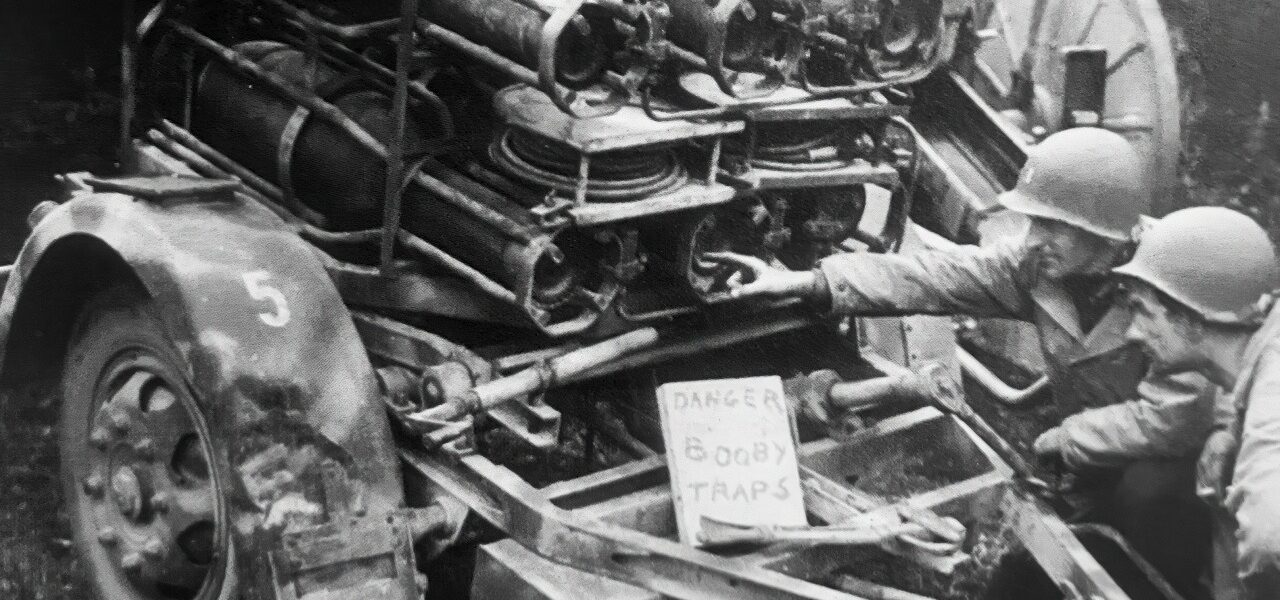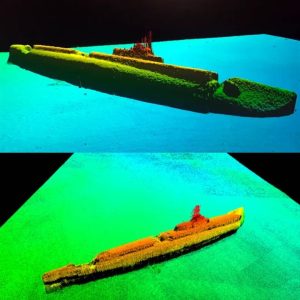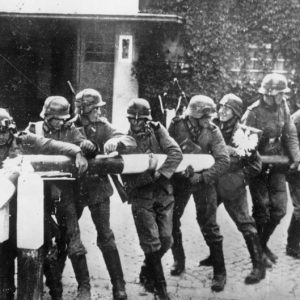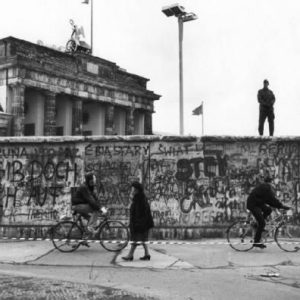Beware, trap! US soldiers discover abandoned German Nebelwerfer emplacement with booby traps – France, 1944

In the summer of 1944, after the successful landing in Normandy, the Allied forces advanced further into German-occupied France. This phase of the Second World War saw not only open battles but also numerous tactical maneuvers, in which the Wehrmacht’s retreat strategies played a particularly important role. One of these strategies was the systematic mining of abandoned military equipment, as the photo shown here impressively demonstrates.
The photo shows two US soldiers in front of an abandoned German rocket launcher – a so-called Nebelwerfer. This weapon was originally developed to create smoke, but during the course of the war it was primarily used as rocket artillery to combat enemy troops. The soldiers appear alert and cautious: They have noticed a warning sign reading “Danger – Booby Traps.” The danger was real: During their retreat, the Wehrmacht often booby-trapped ammunition, vehicles, or even field kitchens to injure or kill the advancing enemy.
The Nebelwerfer was one of the most feared German weapons on both the Eastern and Western Fronts. It could fire multiple rockets in rapid succession and, with its distinctive howl—evocative of a “screaming death,” produced a powerful psychological effect. What made the weapon even more dangerous, however, was its legacy after retreat. Often, abandoning positions left no trace—until a curious soldier opened a crate or inspected a vehicle and triggered an explosion.

The practice of mining abandoned equipment was not new, but it was particularly widespread in 1944. As the Wehrmacht retreated from France, many units attempted to use booby traps to halt or slow at least some of the advancing Allies. Often, an engine block, an ammunition box, or even a radio set became a deadly trap. A wide variety of detonators were used—including time-delay devices, pressure triggers, pull-trap devices, and even remote detonators.
For Allied soldiers, this meant extreme caution at any abandoned position. It was especially dangerous for engineers, reconnaissance units, and logistics units tasked with recovering equipment. Special teams were formed to defuse such booby traps, working at high risk. The sign visible in the picture was therefore more than a warning—it was a necessary reminder to save comrades from certain death.
This scene illustrates the brutality and insidiousness of modern warfare. While open battles raged on one side, deadly traps were often set in the background. The psychological impact was as significant as the actual damage: the fear that every step or touch could trigger an explosion often paralyzed the advance of entire units.
Today, images like this remind us not only of technical war equipment or military tactics, but also of the suffering and constant danger in which millions of soldiers lived. World War II was not just a battle with tanks and aircraft, but also a war full of cunning, fear, and unforeseeable dangers.
The photograph shown was presumably taken in northern France, shortly after the fall of a German position. It is a striking testament to the challenges Allied troops faced, not only at the front, but also “after the victory” over individual positions. The soldiers depicted demonstrate respect, caution, and professionalism—qualities that, in these critical moments, meant the difference between life and death.










